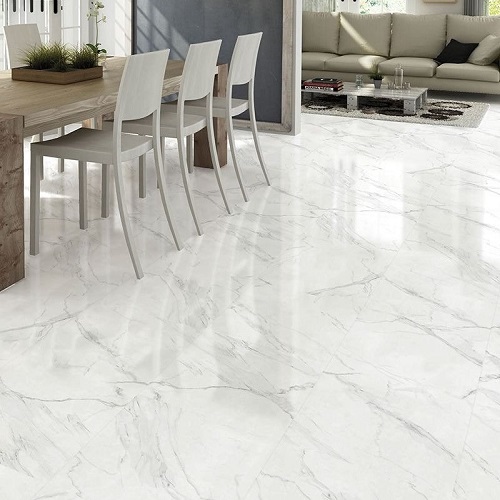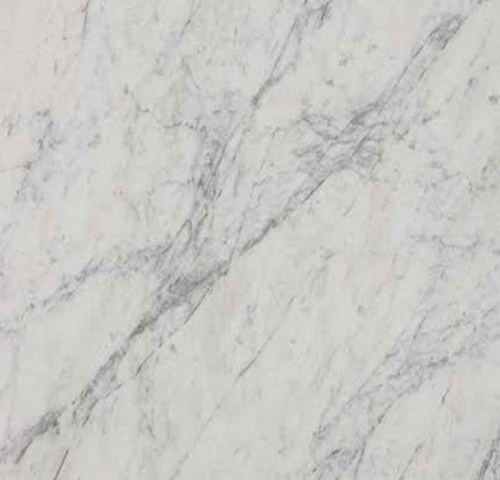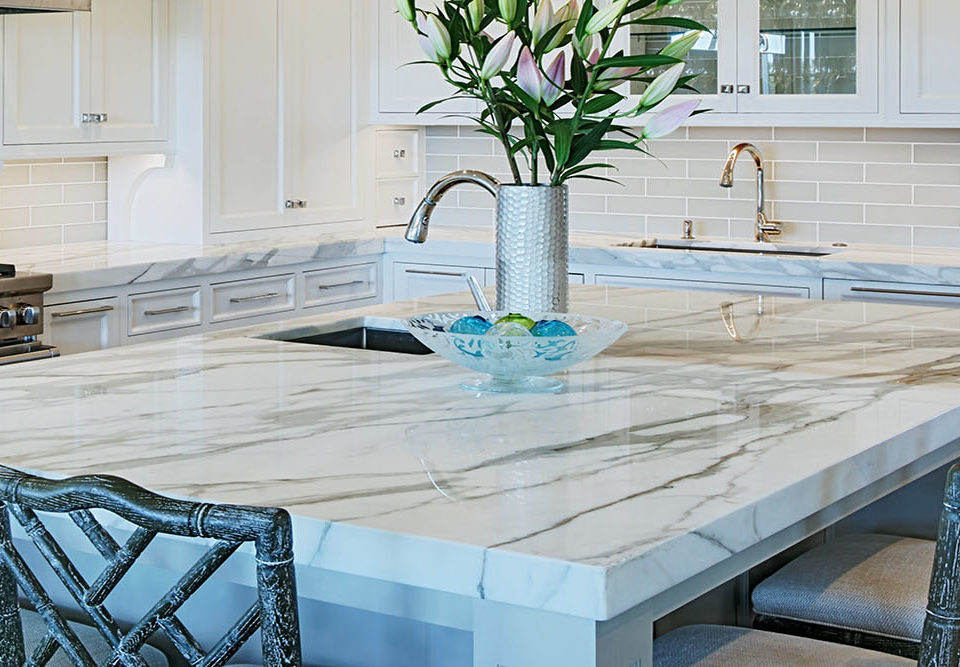
The Role of Indian Marbles in Elevating the Beauty of..
March 22, 2023
White Marble Maintenance: Tips and Tricks for Keeping Your…
May 15, 2023The History and Significance of Indian Marble in Architecture
Introduction:
Indian marble is known for its unique patterns and colors, making it a popular choice in the construction and interior design industry. The authenticity of Indian marble is unquestionable, as it is extracted from natural quarries in different parts of the country. The quality and authenticity of Indian marble are determined by several factors, such as its composition, texture, and durability. Indian marble is also processed using advanced techniques to enhance its strength and shine, while maintaining its natural appearance. Every type of Indian marble has its own unique features and benefits, making it suitable for different applications.
The use of Indian marble in architecture has a rich and fascinating history that spans centuries. From ancient temples to modern skyscrapers, Indian marble has played a significant role in shaping the built environment of India and beyond.


History of Indian Marble in Architecture
Indian marble has been quarried and used for construction and decorative purposes since ancient times. One of the most famous examples of Indian marble in architecture is the Taj Mahal, a mausoleum built in the 17th century by the Mughal emperor Shah Jahan in memory of his beloved wife, Mumtaz Mahal. The Taj Mahal is renowned for its stunning white marble exterior, which is composed of several different types of Indian marble, including Makrana marble from Rajasthan and white marble from the Narmada River.
In addition to the Taj Mahal, Indian marble has been used in a wide variety of other architectural landmarks throughout India, such as the Red Fort in Delhi, the Victoria Memorial in Kolkata, and the Mysore Palace in Karnataka. The use of Indian marble in these structures reflects both the durability and beauty of the stone, as well as its cultural significance to the people of India.
Significance of Indian Marble in Architecture
Indian marble has several unique properties that make it an ideal material for architectural use. One of its most notable characteristics is its durability and resistance to weathering, making it ideal for use in outdoor structures such as monuments and fountains. Indian marble also has a distinctive aesthetic quality, with a range of colors and patterns that make it a versatile choice for both decorative and structural purposes.
In addition to its physical properties, Indian marble has significant cultural and symbolic value in Indian society. It is often associated with royalty, wealth, and power, and is used in many religious and cultural contexts. For example, the use of marble in temples and shrines is believed to reflect the purity and divinity of the gods, while the use of marble in palaces and other royal structures symbolizes luxury and opulence.
Why Choose Our Company for Your Indian Marble Needs?
If you are looking for a high-quality Indian Marbles Manufacturer in India for your construction or decorative needs, we are the most ideal choice. Here are just a few reasons why:
Conclusion
In conclusion, the history and significance of Indian marble in architecture is a testament to its durability, beauty, and cultural significance. Whether you are building a modern skyscraper or a traditional temple, Indian marble is an excellent choice for its versatility and aesthetic appeal. And if you are looking for high-quality Indian marble for your next project, our company is the ideal choice, offering an extensive selection of superior-quality marble at competitive prices, backed by exceptional service.




